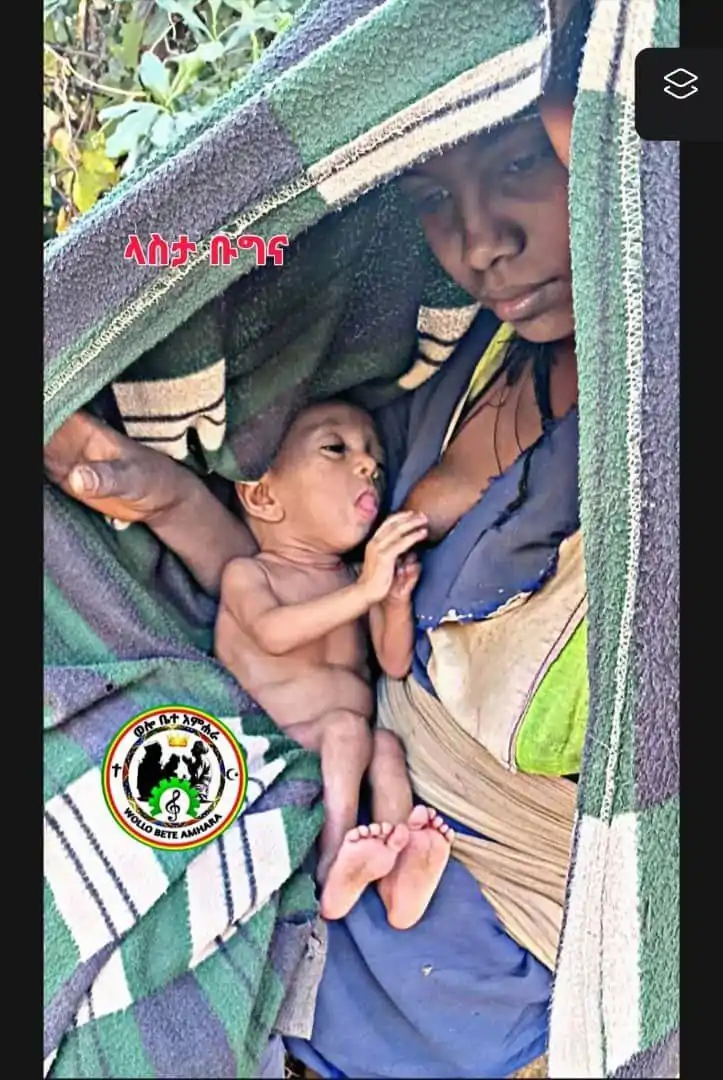ByZecharias Zelalem1
August 17, 2021

The original underdogs of Ethiopia’s civil war may have committed war crimes as they advance towards the capital, Addis Ababa, an investigation byThe Telegraphhas found.
Since the conflict begannine months ago, dozens of reports and investigations have unearthed horrendous crimes against ethnic Tigrayans by Ethiopian and Eritrean forces.
But after a shock turnaround in the war in June, where rebels beat two of the largest armies in Africa out of Ethiopia’s northern Tigray region, the Tigrayans have the upper hand.
An investigation found that rebel forces systematically destroyed farming communities and indiscriminately shelled civilian areas in a series of horrific revenge attacks inEthiopia’sAmhara region.
“They are out for revenge and will gladly attack civilian areas,” said Amir Gezahegn, who is one of about 200,000 ethnic Amhara Ethiopians who have been displaced by recent fighting. “It wasn’t even safe in our homes, they used artillery against entire neighbourhoods.”
Half a dozen fleeing IDPs from several towns and villages in the Amhara region said that Tigrayan fighters indiscriminately shelled their communities in the North Wollo district between late July and early August.
Some said the fighters also went from house to house, killing people and setting every home alight.
“The Ethiopian army fled much of the areas so there was no one to protect the towns. In some areas, farmers took up arms. In response, [Tigrayan forces] attacked the farms, shooting at people and setting their homes on fire,” one man, who asked to remain anonymous, explained.

A satellite image of a the farming community near Agamsa town in Ethiopia’s Amhara region prior to the destruction in August 2021. CREDIT: Google Earth Pro
The Telegraphhas corroborated one of these incidents at a farming community near the Agamsa town, about 10 km from the Afar regional border, with satellite imagery analysis from DX Open Network, a UK-based research and analysis organisation.
Imagery shows that the village is completely destroyed, with homes reduced to ashes. DXON counted at least fifty tukul homes, a type of traditional house, likely home to hundreds of people, which had been destroyed by fire-based attacks.

New satellite imagery shows the complete destruction of a farming community near Agmasa town in Ethiopia’s Amhara region. Over 50 civilian structures have been burned to ground. Blackened spots indicate burnt and obliterated traditional homes. The image was taken on August 5th. CREDIT: PlanetLabs
“Satellite imagery has revealed the intentional burning of a rural village near Agamsa town in the Kobo Robit (of the Northern Wollo district) area of the Amhara region,” DXON said in a written statement.
“There are no apparent indicators of fighting or any valid military targets, meaning that civilians may have been attacked in contravention of international humanitarian law.”
One of the survivors said that the villages were razed to the ground after a group of local farmers fired on Tigrayan positions.

Screen grab from video posted in early August on an ethnic Amhara Telegram channel shows lightly armed farmers firing on Tigrayan positions. The Telegraph geolocated this video to a river crossing about 10km from the destroyed village. IDPs said that Tigrayan rebels took revenge on local villages for the attack. CREDIT: The Telegraph
The Telegraphwas able to establish that fighting took place before the atrocity by geolocating footage that surfaced on pro-ethnic Amhara Telegram channels on August 1st.
The footage shows a posse of lightly armed farmers firing at distant Tigrayan positions from a river about 10 km away from the razed village in Agamsa.

The location of the video posted on the ethnic Amhara Telegram from early August was geolocated to this river crossing 10km from the scene of the farming community razed to the ground near Agamsa town in Ethiopia’s Amahra region. CREDIT: Google Earth Pro
Estimates among interviewees for the death toll across the affected communities range from a few dozen to as many as a hundred. These figures could not be independently authenticated, because of communications outages in the Amhara region.
Last week, the Tigrayan Defence Forces captured the holy city of Lalibela, home to 12th century rock-hewn churches that are recognised as a UNESCO World Heritage site.
Despite the war displacing millions and leaving hundreds of thousands in Tigray in famine conditions, the Nobel Peace Laureate remains adamant that a military solution is the only way out and called for the mass mobilisation of all able-bodied citizens last Tuesday.
Fesseha Tessema, a spokesperson for the Tigrayan forces, describedThe Telegraph’s findings as “outrageous” and denied any wrongdoing.
“They are just farmers, struggling to make a living,” said Taddese Biruk. “They don’t even care about politics. There’s no reason they should ever get caught up in a mess like this.”
In November 2020, Ethiopia’s Prime Minister Abiy Ahmed joined forces with Eritrea’s dictator Isaias Afwerki to crush the heavily armed regional government of Tigray in a devastating pincer movement.
Since then tens of thousands have been killed and millions pushed to the brink of famine. Ethiopian and Eritrean national forces have been accused of a dizzying array of war crimes, ranging from ethnic cleansing, mass gang rape and man-made starvation.
But in late June the conflict was suddenly thrown on its head. Tigrayan guerrilla fighters stormed out of the mountains and beat the Ethiopian and Eritrean back in a series of devastating battles.
Now the Tigrayan Defence Forces are fighting in the neighbouring Amhara and Afar regions. The war crimes which up to now were confined to Tigray are spreading.
(Additional reporting by Will Brown in Nairobi)
















